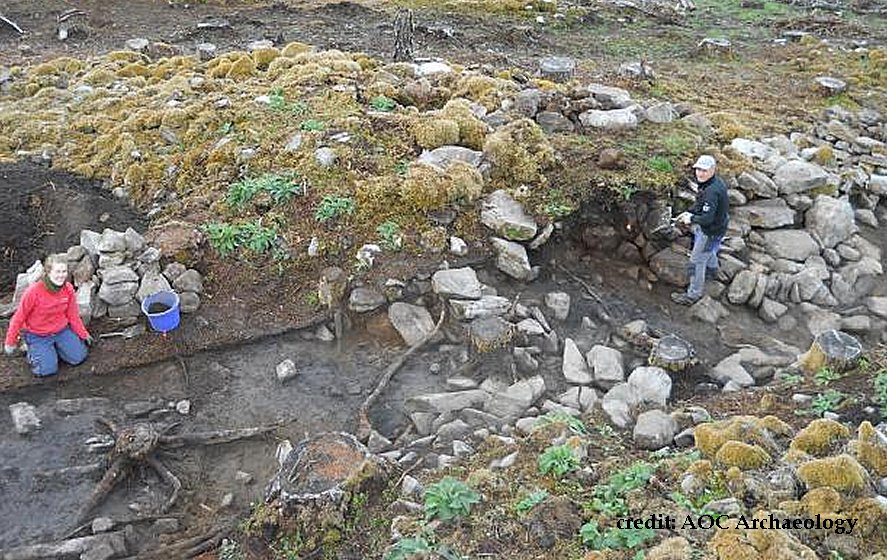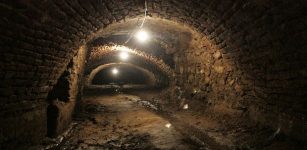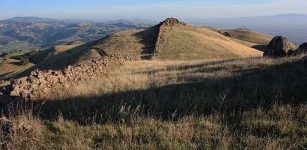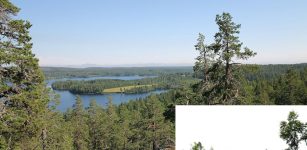Mysterious Ancient Ruins Of Fortress Discovered In Scottish Highlands
AncientPages.com - Researchers from AOC Archaeology are now researching ancient crumbling ruins, which are believed to have been an Iron Age fort, or possibly the home of a local chief or lord, reports The Herald.
The ruins of a broch (a large roundhouse or dun-house) that has been dated to 2,400 years ago, are located on a hill known as Comar Wood in Strathglass, near Inverness.

Crumbling ruins are believed to have been an Iron Age fort. Image credit: AOC Archaeology/via The Herald
Archaeologists from AOC archaeology also investigate four other structures and a large defensive wall revealed at the site.
Additional interesting discovery are traces of metalworking and stones for grinding grain.

Among the artefacts uncovered were signs of metalworking, and stones for grinding grains. Image credit: AOC Archaeology/via The Herald
“We don’t know why it was used in the way it appears to have been,” said archaeologist Mary Peteranna. “More excavation would be needed to further investigate the site.”
The ancient structure was in use for 600 years at a time when Scotland was a tribal society with communities scattered on their own fiefs or parcels of land.
See also:
Picts: Facts And History About Mysterious People Of Northern Scotland
Dandaleith Stone: Scotland’s Rare Symbol Stone Of The Picts – Will It Be Deciphered Now?
Mystery Of The Beautiful Viking Uig Chessmen Found On The Isle Of Lewis, Scotland
It is believed that the place experienced some violent events and was burnt twice and then rebuilt before finally being abandoned.

The Herald writes that “a lack of artefacts uncovered during the investigation raises the intriguing possibility that the site may have only been used by prehistoric Scots living nearby as a refuge during times of war or strife.
Little remains to indicate who its inhabitants were and the lack of anything linked to human habitation indicates the structure was rarely used.
“The reuse of these sites and lack of considerable artefactual material suggest that these sites were nothing to do with elite settlements, but probably related to more autonomous farming communities establishing a presence and control over territory," archaeologists report from the site.
Original story – here.
AncientPages.com
Expand for references





















